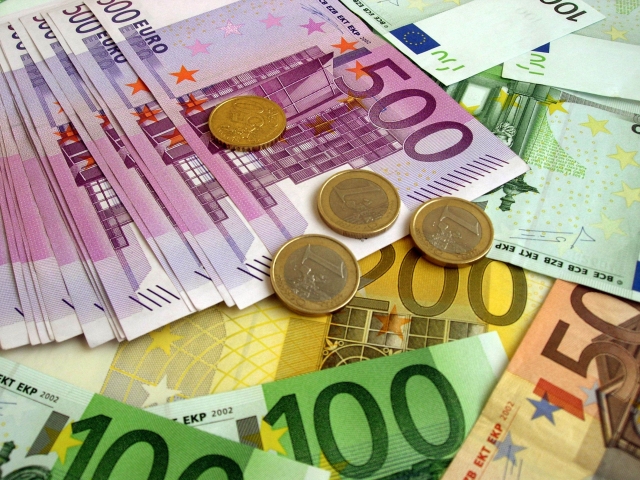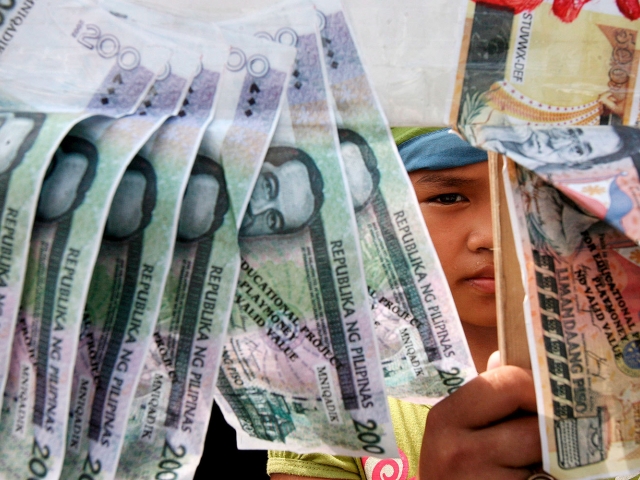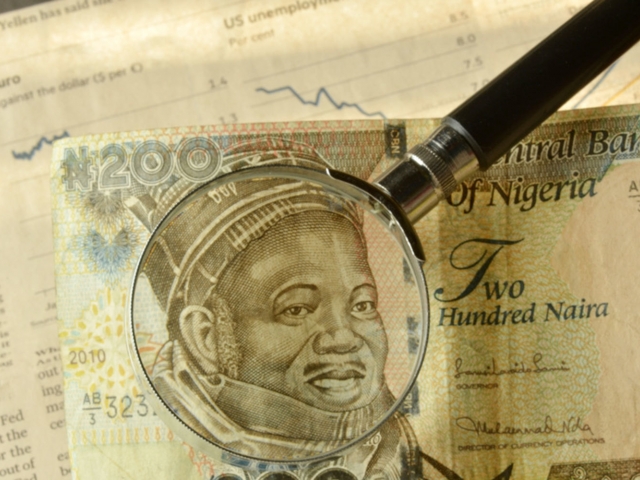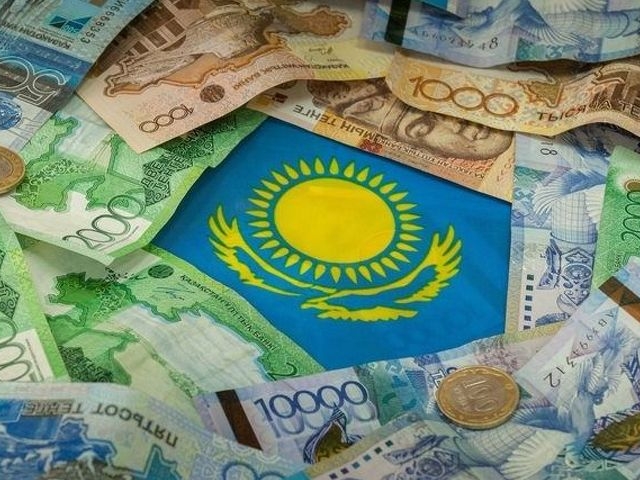
Five billionaires who gained most wealth in 2024
The past year has made many Forbes list members even wealthier. Let's find out which of them earned the highest profits over the last 12 months and what contributed to their financial success.




The banknote with the number 200 does not surprise the Europeans. In 2002, the 200-euro note was introduced in the EU. Each euro note has its own design dedicated to an artistic period of the European architecture. The 200-euro bill depicts an arch and a bridge typical for Art Nouveau style of the 19th century.

The 200-lei bill is the most popular in Romania. The note was introduced back in 1941, but its design was changed in 2006. Romanian philosopher and poet Lucian Blaga along with three red poppies is seen on the one side of the note. The reverse side has a picture of a farmhouse and a sculpture of a man sitting head in hands.
On April 11, 1999, the Romanian central bank issued a 2,000-lei note, which celebrated the total solar eclipse that took place the same year.
Nationals of South Africa have been using the 200-rand banknote for quite a long time. On the one side, there is the image of Nelson Mandela, usual for all other bills; and the other side depicts a leopard.

The 200-peso note is rather popular in the Philippines. Nowadays, there are two types of this bill as the central bank redesigned all national banknotes in late 2010. The bills with old design will be valid until January 1, 2017.
The 200-peso note has a picture of Diosdado Macapagal, the 9th President of the Philippines; and the reverse features the Chocolate Hills and the Philippine tarsier.

In Mexico, the 200-peso bill has been widely used since 2008. The obverse has the image of Juana Ines de la Cruz; and the reverse, the image of Panoaya Hacienda.

Lesya Ukrainka, the Ukrainian poet and writer known to all Ukrainians and residents of the ex-Soviet countries, is depicted on the 200-hryvnia bill. There is the image of the Entrance Tower of Lutsk Castle on the other side of the note. The banknote was first issued in Ukraine in 2001.

The highest denomination of the Polish currency is 200 zlotych. The obverse features Sigismund I the Old.

The Nigerian bill of 200 naira was introduced in 2000. The banknote has the image of Alhaji Sir Ahmadu Bello, a Nigerian politician, and local cattle on the reverse.

The 2,000-yen note was first introduced in Japan in 2000 to commemorate the millennium and the 26th G8 Summit. The obverse depicts Shuri Castle in Naha, Okinawa Prefecture, while the reverse has a scene from The Tale of Genji, a classic work of Japanese literature.

Kazakhstan has the 2,000-tenge banknotes. The note issued in 2013 features images of a dove, a saiga antelope, and the Kazakhstani Independence Monument on one side and the Kazakhstani map alongside the Irtysh River on the other side. The state redesigned its national banknotes several times.

The past year has made many Forbes list members even wealthier. Let's find out which of them earned the highest profits over the last 12 months and what contributed to their financial success.